This is the first of two posts on the topic of bringing principled innovation practices to designing learning futures. The first post (co-authored by Punya Mishra & Cristy Guleserian) focuses on the need for designing learning futures, and how the PI practices connect with our model of design. We end with a preliminary series of reflective questions that could guide our work. See the second post here.
A child born today will be shaped by accelerating change in technology, demography and our physical and social environments. The speed and convergence of change across so many dimensions of human experience will shape this child’s life in ways that are as profound as they are unpredictable.
Education needs to grapple with the fact that we live in a volatile, uncertain, complex and ambiguous (VUCA) world where the impact of our decisions will not just be faced in the possible but also in the adjacent possible, namely situations and effects we have not even imagined yet.
It is not at all clear that the education systems we have today are doing enough to prepare our children to thrive as individuals or as local/global citizens in this emergent future.
In this video below, we explore some of these ideas, and their implications for how we design the futures of learning. Specifically the video speaks to the importance of educational leadership guided by deeper principles and values.
Note: This video was recreated from a presentation made by Punya Mishra at the Leadership for Today, Tomorrow & the Future convening at Arizona State University.
We are privileged to work in a large innovative public university which is defined not by whom we exclude but whom we include. Thus we are responsible to design solutions that contribute to the well-being of all.
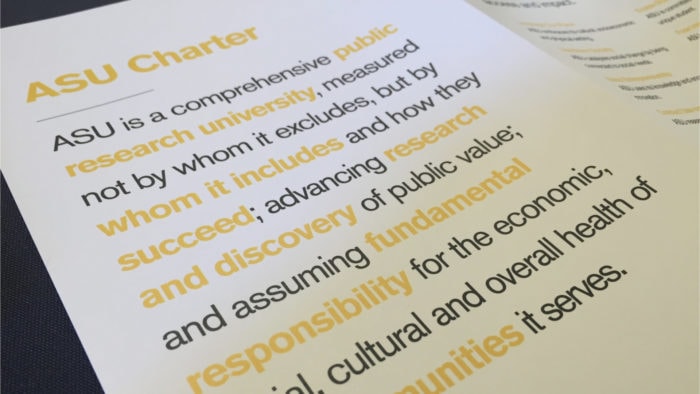
This emphasis on positive change means that we cannot merely innovate for the sake of innovation. What we need are not just design strategies for addressing the uncertain futures of learning but also an ethical framework that guides the design and decision making process. Enter, Principled Innovation—a core value that drives what we do at the college. And that includes designing learning futures.
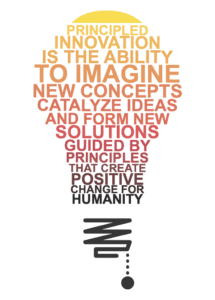
That said, principled innovation has to go beyond being merely a definition or words on a website. If principled innovation is to be meaningful and have impact, it must connect to practice, it must connect to design.
In brief, it is the foundation of principled innovation plus our contextualized model of design that allows us to imagine and design the futures of learning.
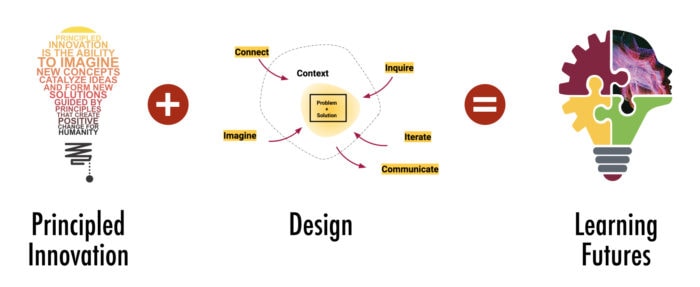
In our work we have identified eight practices and we see them as providing a reflective map to guide us through the design process. By helping us recognize the uniqueness of the contexts in which we operate, as well as the needs of the various stakeholders we serve, these practices help us anticipate and navigate intended and unintended consequences of the decisions we make. The image below maps out the eight practices (as mapped onto 4 character assets).

Intentionally keeping these practices in mind ensures that we keep humans and values at the center of the design process. These practices also allow design teams to develop questions for purposeful self-reflection.
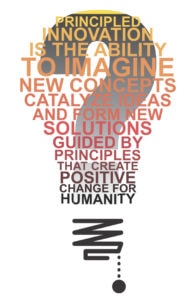
There are, clearly, unlimited questions we can ask ourselves as we engage in PI. We list a few below (as a starting point).
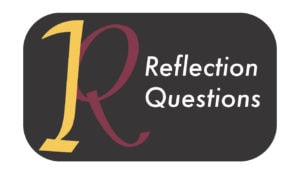
- Are we considering values that may differ from our own?
- Are we questioning our own biases and how they affect the decisions we make?
- What is the cultural wealth of the people in the community?
- Are we soliciting viewpoints different from our own?
- What data, resources, and learning are supporting our decisions?
- Are we taking time to reflect and make adjustments based on our reflections?
- What kinds of unanticipated issues are emerging and how are we responding to them?
- Will the solution we are offering better meet the needs of those we aim to serve?
As is clear these are not easy questions to answer. But it is only through engaging with them intentionally and deliberately that we can ensure that the kinds of design processes we implement and the solutions we come up with are respectful of the people we are working with and that the solutions that emerge have the best chance of creating positive change.
The futures of learning are too important to be left to chance. We need to engage with these challenges by design. This means engaging in an open-ended collaborative process that values humility and reflection, guided by the practices of principled innovation.

As to how these specific practices play out in the design process—that is the subject of a followup post by Cristy Guleserian & Punya Mishra.

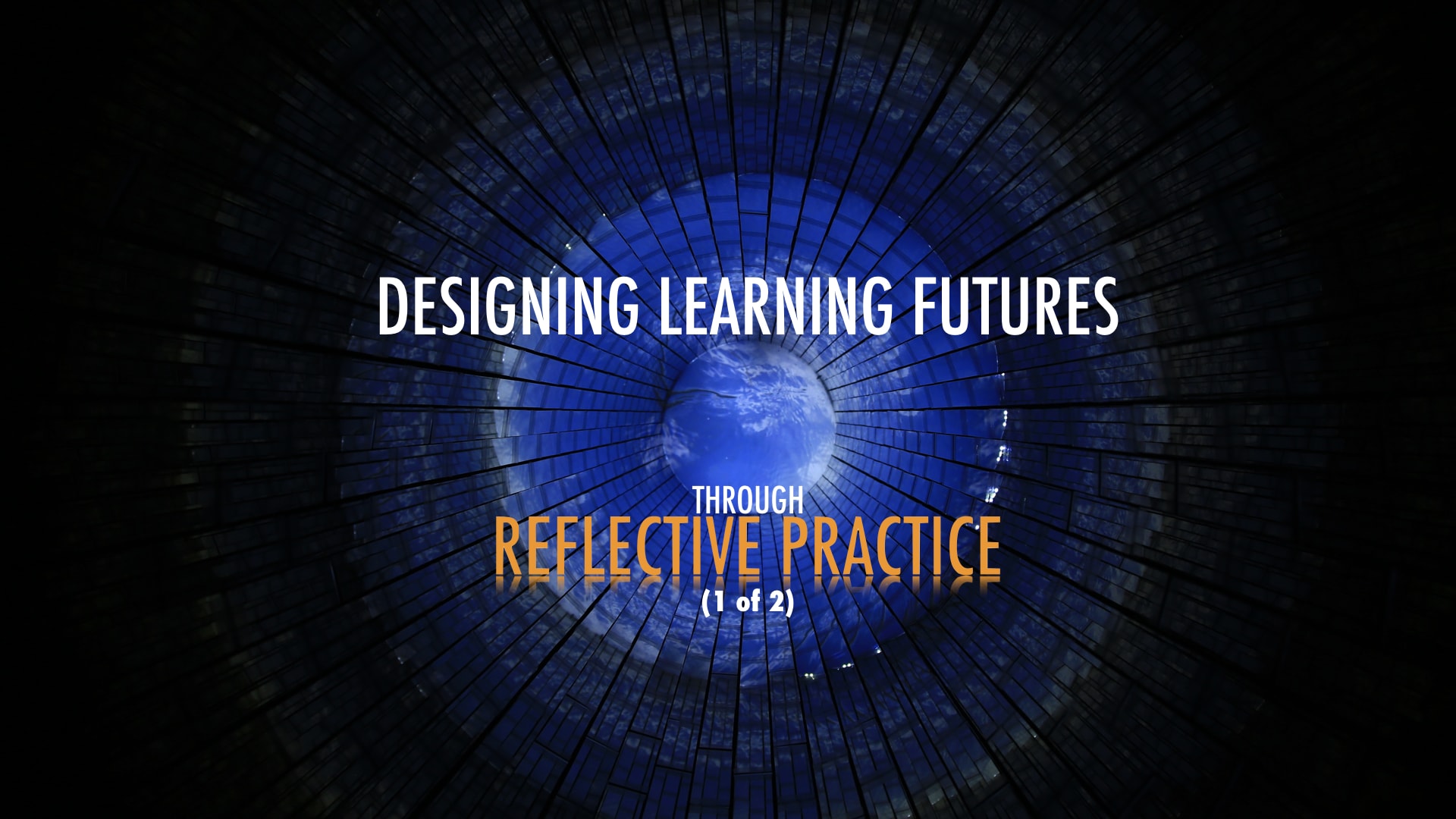

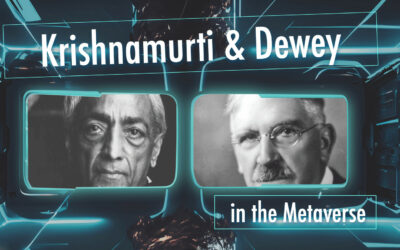
0 Comments
Trackbacks/Pingbacks